This articles will be your best guide to travel around south Mumbai and see the architectural marvel from the British India. It is a step by step guide to find your way to these places, admire them and know their history as well.
South Mumbai (formerly known as South Bombay) fondly referred to as ‘’SoBo’’ is peppered with British architectural gems which are a confluence of Victorian, Gothic, Indian and Art Deco styles. These beautiful structures stand out tall in the busy city and give you a glimpse of the architectural marvel from the British Raj. We have designed a walk around the streets of South Mumbai which you can take by yourself or with friends and family when you visit Mumbai to gawk at these exquisite structures.
Recommended Story – Best Places For Street Shopping In Mumbai
Chhatrapati Shivaji Maharaj Terminus (CSTM)
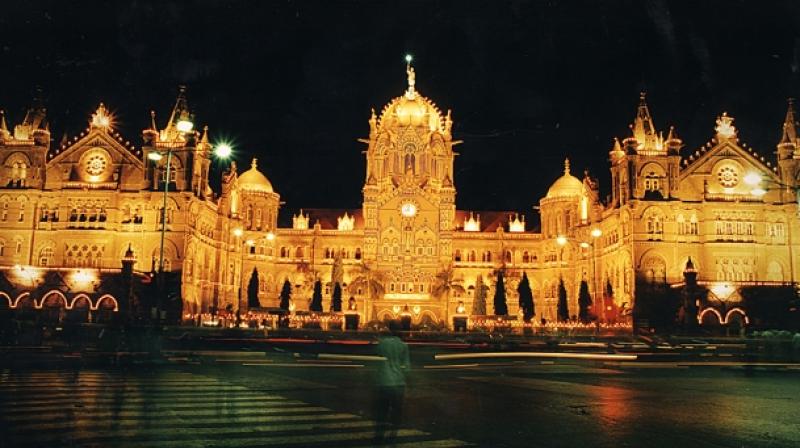
Start with the magnificent Chhatrapati Shivaji Maharaj Terminus (CSTM) which is a major railway station that caters to local trains running on central and harbor lines as well as long-distance trains. You can take a train on the central or harbor route to reach here. Get off at the station and walk around observing the architectural details of this magnificent structure. If you are taking the western line local then you can get off at Churchgate station and take a bus or taxi from there. It’s also connected well by BEST bus network or you can also take taxis to reach there. If you are driving there, pay and park facility is available in the lane diagonally opposite the station, the one beside McDonald’s which leads to Sterling Cinemas.
Chhatrapati Shivaji Maharaj Terminus (CSTM) was formerly known as Victoria Terminus is a UNESCO World Heritage Site. CSTM was built in 1888 and the station is considered as one of the most important historical landmarks and reflects as a grand reminder of the British Era in India. CSMT was originally named Victoria Terminus (VT) after the then reigning Queen Victoria of Britain. Designed by the British architect Frederick Willam Stevens, CST is an outstanding example of Victorian Gothic Revival architecture in India, blended with themes deriving from Indian traditional architecture. The entrance gates to CSMT carry two columns which are crowned with a lion and a tiger representing Great Britain and India respectively. If you don’t have a valid train ticket (local or long distance) then you should purchase a platform ticket before venturing ahead on the platforms. In case you are caught ticketless by the TC, you would have to pay a fine!
Brihanmumbai Municipal Corporation Headquarters (BMC)
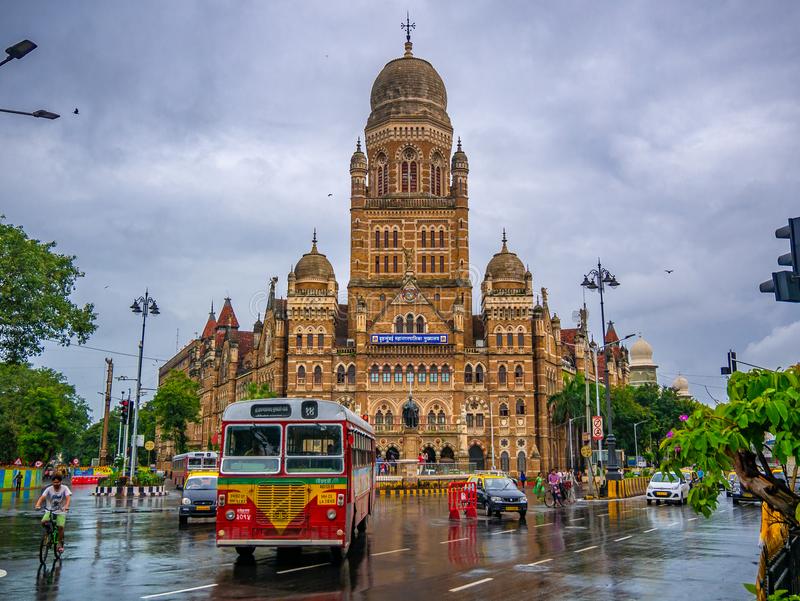
After you are done admiring the beauty of CSMT walk out of the station and admire the Brihanmumbai Municipal Corporation Headquarters (BMC) which is right opposite the CSMT station. Frederick Willam Stevens, the British architect who built the CSMT building created this architectural monument of the city in 1865 under the surveillance of Arthur Crawford who was the then municipal commissioner of Mumbai. Entry inside the building is restricted but you can stand out and adore the structure and its gothic beauty. There is a photo and selfie point built in front of the building from where you can admire the beauty of the BMC Headquarters as well as CSMT.
General Post Office (GPO)
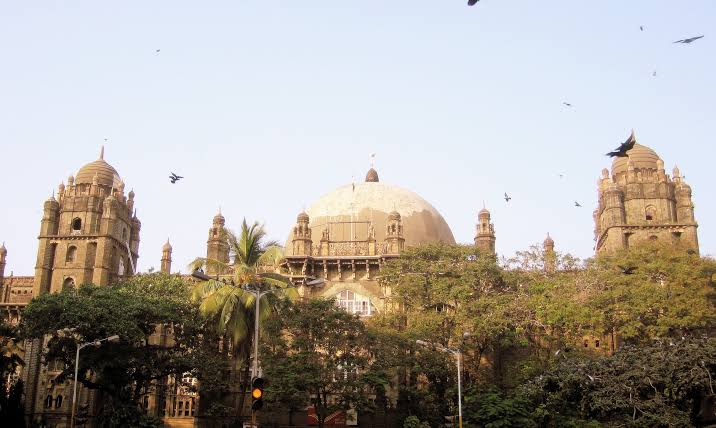
After you have adored these structures move a little further ahead to General Post Office (GPO) which is located a little ahead on CSMT. The GPO is modeled on the famous Gol Gumbaz of Bijapur in Karnataka and was designed by the British architect John Begg in 1902.
Recommended Story – MUMBAI! Must know things before you visit
The construction of this iconic structure commenced in September 1904 and was completed in March 1913 at a cost of Rs. 18.09 million. It is spread across 11,000 sq. meters and is among the few structures built in Mumbai with black Kurla basalt stone with a dressing of Malad yellow and white Dhrangdra stones. The central hall rises to a height of 120 feet to the great dome on the structure. The dome has a diameter of 65 feet and is considered to be one of the biggest domes in Mumbai. Turrets and minarets at regular intervals are a glimpse of the Mughal influences on the architecture. The post-office handles the majority of the city’s inbound and outbound mail and parcels. In 2010, the authorities found a secret underground passage below the GPO which dates back to the 18th Century and has openings in the front garden of GPO. Unfortunately, this is not accessible to the public. You can walk around the GPO premises during the working hours and have a look at the structure and see the employees working.
Flora Fountain or Hutamata Chowk
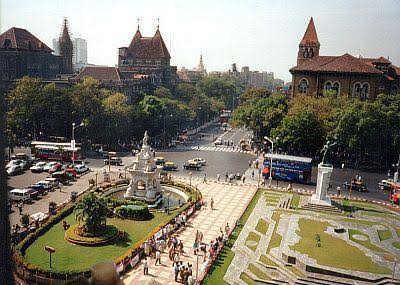
Flora Fountain was built in 1864 and is now known as the Hutatma Chowk (the name was changed in 1960). It is an exquisitely sculpted structure located in Fort locality which in the heart of South Mumbai. Flora Fountain was initially named after the Governor of Bombay, Sir Bartle Frere, but just before the fountain’s inauguration in 1864, the name ‘Flora’ was bestowed on it, after the Roman Goddess of flowers and the season of spring. In 1960, the fountain became known as Martyr’s Square, or Hutatma Chowk, with a magnificent stone statue bearing a pair of torch holding patriots, to honor the 105 members of the Samyuktha Maharashtra Samiti who lost their lives while fighting for a separate state of Maharashtra. Flora Fountain was designed by Richard Norman Shaw, it was sculpted from imported Portland stone by James Forsythe. There is a magnificent statue of the Roman Goddess that is installed at the top of this stunning structure. It has been recently restored by the government and looks beautiful in the evening when it lights up.
Bombay High court
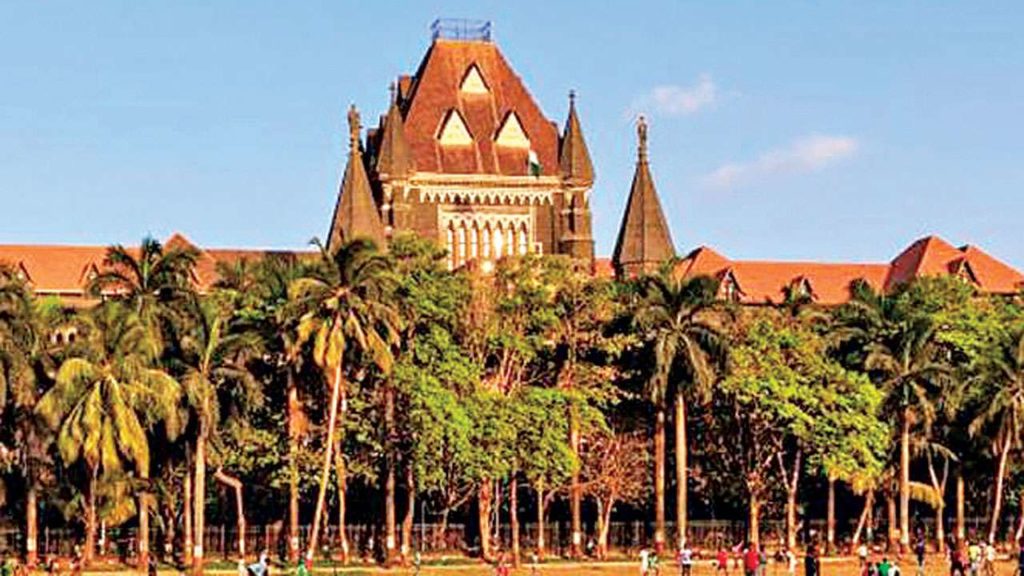
Bombay High Court is one of the oldest High Courts of India and is located right opposite Flora Fountain and was established in the year 1862. The building is part of the Victorian and Art Deco Ensemble of Mumbai and it was added to the list of World Heritage Sites in 2018. The building was designed by a British engineer, Col. J.A. Fuller and the structure follows a Gothic revival architecture that dates back to the early English style. This beautiful structure is built with black stone and is one of the oldest and biggest courts in Western India. You can walk around the premises during the working hours and have a look at the Gothic architecture.
Rajabai Clock Tower
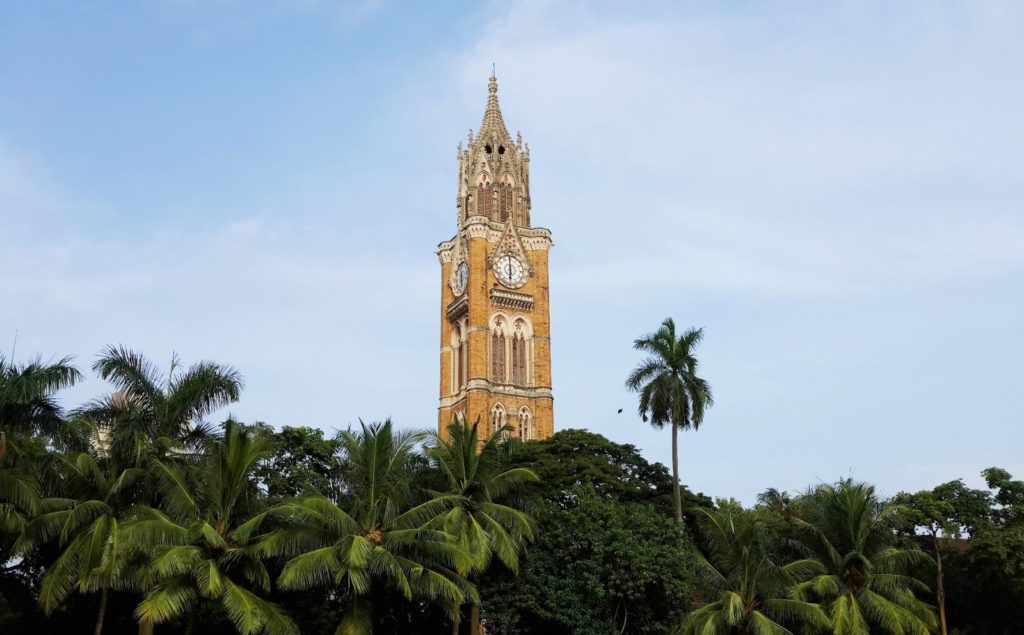
The next place to visit is the Rajabai clock tower that is located inside the Mumbai University campus which is right beside the Bombay High Court. The tower stands at a height of 85 meters and is part of the Victorian and Art Deco Ensemble of Mumbai and was added to the list of World Heritage Sites in 2018. The Rajabai Clock Tower was designed by Sir George Gilbert Scott, an English architect who modeled it on the Big Ben Tower in London. The foundation stone was laid in March 1869 and construction of the Rajabai Clock Tower was completed in November 1878. A portion of the total cost of construction was donated by Premchand Roychand who was a prosperous broker who founded the Bombay Stock Exchange. He gave the donation on the condition that the tower is named after his mother Rajabai. The tower was built in a beautiful confluence of Venetian and Gothic styles and was constructed out of the locally available buff-colored Kurla stone. The clock tower’s interior is elaborately done and its stone exterior is flanked by 24 statues depicting the various castes and communities of western India. The sculptures on the tower were made by Indian artisans and the students of the JJ School of Art and it was done under the guidance of art teacher Sir Lockwood Kipling. The tower has one of the best-stained glass windows in the city but it is, unfortunately, the campus is not accessible to the public so you can view just from outside.
University of Mumbai
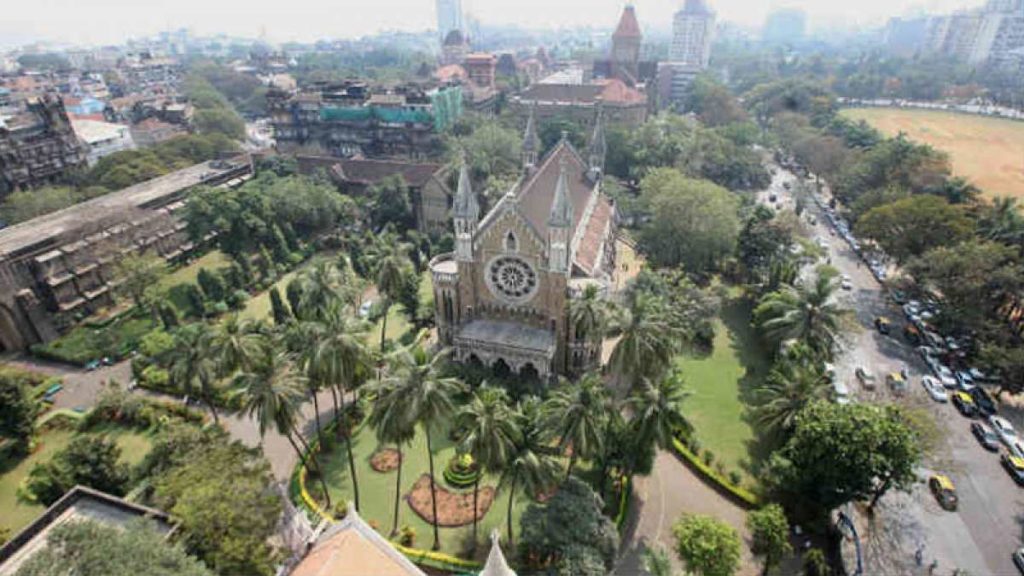
The University of Mumbai was established in 1857 and is one of the earliest state universities in India and the oldest one in Maharashtra. It is considered to be one of the largest universities in the world. The University of Mumbai was modeled on the University of London. You cannot access the campus but you can take a walk around from outside and admire its beauty.
Prince of Wales Museum or CSMVS
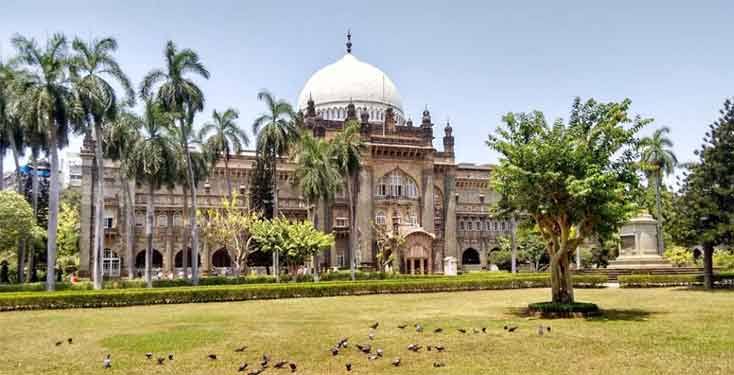
Next, you can head to the Chhatrapati Shivaji Maharaj Vastu Sangrahalaya (CSMVS) formerly known as the Prince of Wales Museum. It is considered to be Mumbai’s primary museum and it houses some of India’s cherished historic relics for about a century.
The museum came into existence as some of the city’s most prominent citizens resolved to build a public museum, as a memorial to mark the visit of the Prince of Wales (later King George V) in 1905. The foundation stone for CSMVS was laid later in the same year by the Prince himself. The building for the Prince of Wales Museum of Western India was completed by 1914 but it was initially used by the military as a hospital during the First World War. It was thrown open to the public only in 1922 after being inaugurated by Lady Lloyd who was the wife of the then Governor of Bombay. The museum building is an amalgamation of Indian and Saracenic architectural forms and was designed by George Wittet a Scottish architect who also designed the Gateway of India. The museum’s vast collection includes archaeological finds and artifacts from centuries of civilization in the Indian subcontinent — the Indus Valley civilization, the Mughal era, and the Marathas to name a few. The museum has various galleries that have sections dedicated to Nepal-Tibet, European paintings, natural history among others. The personal armor of Mughal emperor Akbar are displayed in the arms and armor gallery. CSMVS frequently hosts public programs including documentary film screenings, workshops, and seminars for students as well as children & adults. The museum hosts post-graduate diploma courses in museology and conservation, heritage studies and conservation. The museum timings are Monday to Sunday from 10.15 am to 6.00 pm and the entry fees are Rs.100 for Indian Nationals and Rs.650 for Foreign Nationals.
Maharashtra Police Headquarters

A little ahead of the Museum is the Maharashtra Police Headquarters. The 143-year-old ground plus two-floor heritage structure is also known as the ‘Royal Alfred Sailors Home’ as it was originally built to house seamen. The construction of the building, adorned with several intricate carvings and sculptures, began in February 1872 and was completed in 1876 at a cost of Rs 3.66 lakh. The structure’s pediment has a sculpture of Neptune who is considered guardian of the seas while the pitched roof is decorated with red Mangalore tiles. The sculptures were designed by students of the famous J J School of Art here under the supervision of John Lockwood Kipling, who was appointed a professor of architectural sculpture at the institution in 1865.
Asiatic Library

The next stop is Asiatic Library is located in the vicinity; the grand staircase that leads to the Asiatic Library and Town Hall has been seen in many popular movies. In the year 1804 Sir James Mackintosh started the Asiatic Society of Bombay Library along with the literary society of Bombay. The Asiatic Library and Town Hall are considered as the earliest example of neo-classical architecture in Mumbai. The architecture style was a revival of ancient Greek and Roman structures that are known for its impeccable elegance. The insides of the Town Hall are made of cast iron imported from England in the late 1820s. The flooring and the bookshelves inside the Library were built using Burma teak shipped especially from Myanmar. Apart from the ancient manuscripts in Persian, Prakrit, Urdu, and Sanskrit, several other treasures are safely preserved inside the hall of this grand structure. There are several priceless treasures here one of which is a collection of 1,000 ancient coins and the exceptional gold ‘mohur’ that once belonged to Akbar, the greatest Mughal Emperor. You will also find Dante’s first issue of ‘Inferno’ which is considered as one of the most precious treasures at the Town Hall. Visit Asiatic Library to have a look at its fantastic architecture and also the amazing collection of artifacts, manuscripts, and books there. The library is open from Monday to Saturday from 10:30 AM to 06:30 PM.
Gateway Of India

The Gateway of India was built to celebrate and honor the visit of King George V and Queen Mary to India who were arriving in India in December 1911 for their formal proclamation as Emperor and Empress of India at Delhi. The foundation stone of this grand monument was laid by Sir George Sydenham Clarke who was the then Governor of Bombay on March 31, 1911. The location where this structure stand was a crude jetty used by the fishing community. The Gateway of India was later used as a symbolic ceremonial entrance to India for Viceroys and the new Governors of Bombay. This was ironically used 24 years later to parade the last British regiment as India marched towards independence in 1947.
Recommended Story – Top 10 Fine Dine Restaurants In Mumbai
As it was built during the 20th century in Bombay, India, the architecture is in the Indo-Saracenic style which is a combination of India and Islamic architecture with hints of Gujarati style influences. This style of architecture was introduced by the British during their rule in India and it is a beautiful amalgamation of diverse elements of the Hindu and Muslim architecture with Gothic cusped arches, domes, spires, tracery, minarets, and stained glass.
Walk around there admiring the structure overlooking the Arabian Sea and also look at the royal Taj Mahal Palace which is opposite right opposite it. You can also take a ferry ride at Gateway that would let you see the Gateway and Taj Mahal Palace from the sea. It’s a visual treat that shouldn’t be missed!
Tajmahal Palace Hotel
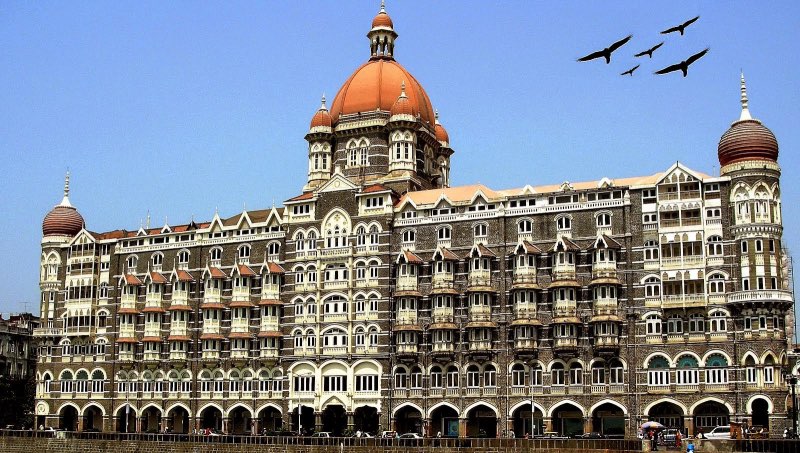
The foundation of the Taj Mahal Palace was laid in 1898, and the hotel opened its gates to the guests for the first time on December 16, 1902. It is said that Jamsetji Tata was determined to give Bombay a landmark that would place it among the greatest cities in the world, and that is why he built this hotel. The Indian architects who were originally working on the project for the Taj were Sitaram Khanderao Vaidya and D. N. Mirza; however, it was later completed by an English engineer, W. A. Chambers. Khansaheb Sorabji Ruttonji Contractor who was the builder of this grand hotel and the unique floating staircase of the Taj was his design. Taj Mahal Palace was the first building in Bombay to be lit by electricity and its construction cost over Rs. 4 crores at that time. The ballroom at The Taj Mahal Palace has been the venue of many iconic events throughout history and one of the most notable events there would be the last speech given by Lord Mountbatten before he left India. The hotel is a six-story building with a beautiful central Moorish dome and magnificent architecture that has an Indo-Saracenic style of architecture. This royal palatial structure is carved with Victorian Gothic and Romanesque details along with Edwardian touches on the roof and stands tall in front of the Arabian Sea.
Don’t forget to charge your phones and carry your power banks with you when you decide to go walking around here because you will be clicking several pictures while you walk around these places enjoying their beauty! Also, try visiting these places early in the morning or late at night to enjoy an uninterrupted view and avoid the crowd.



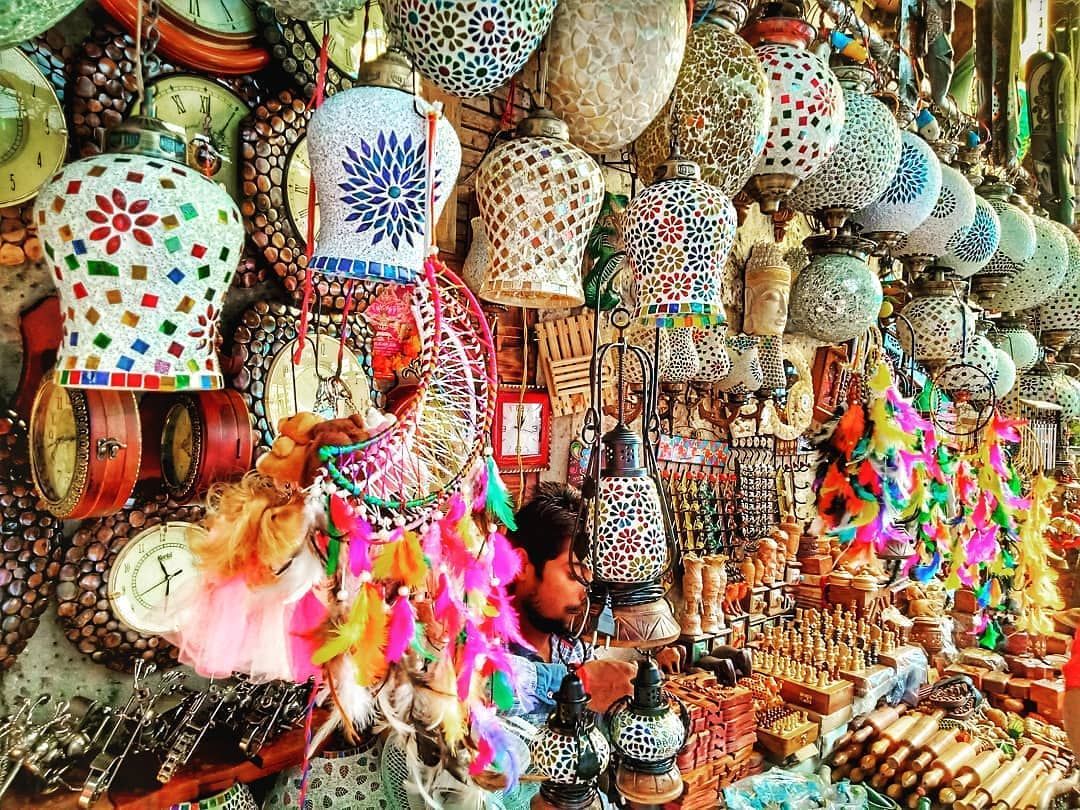
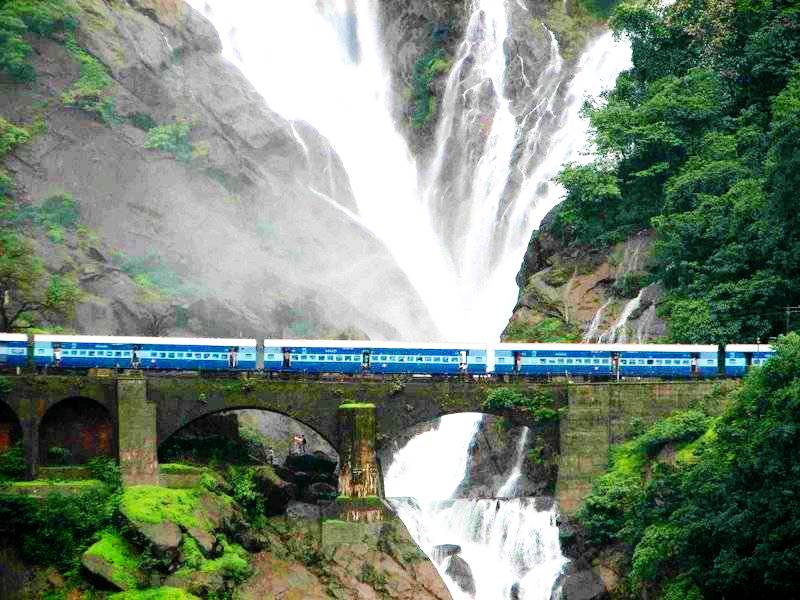
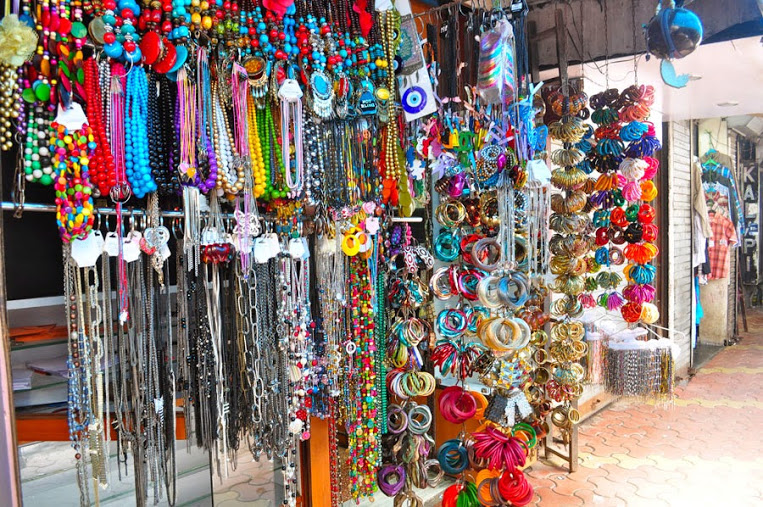




Like!! Great article post.Really thank you! Really Cool.